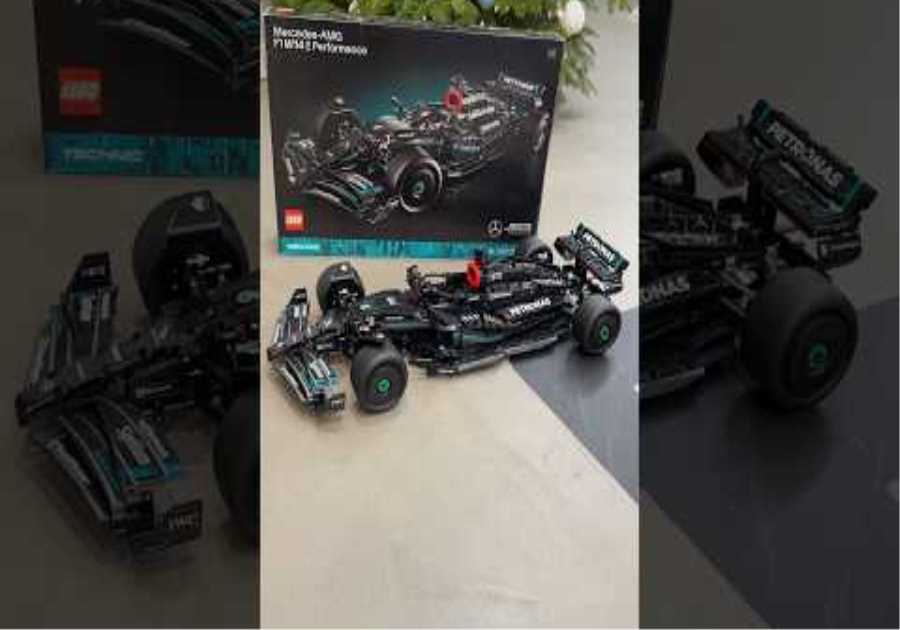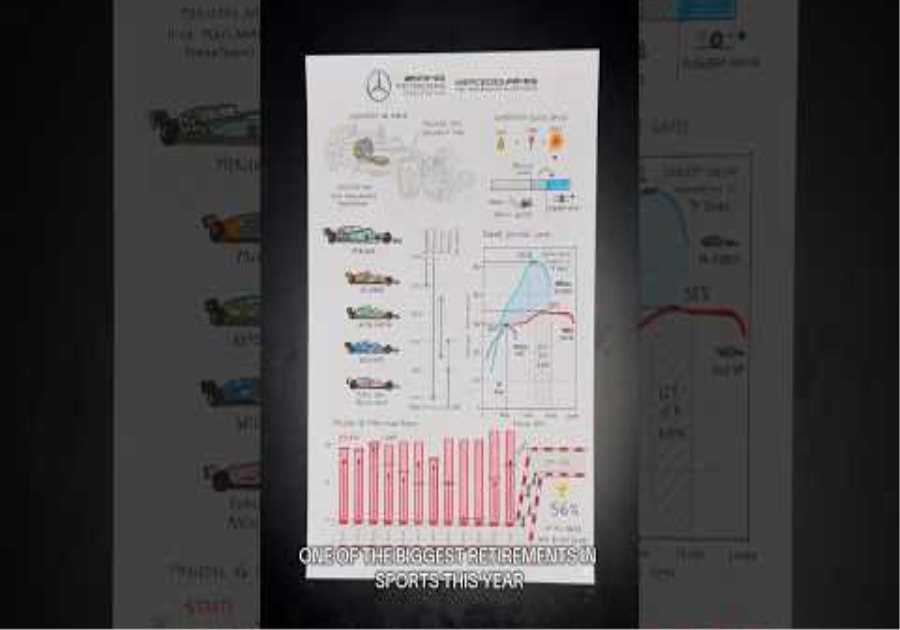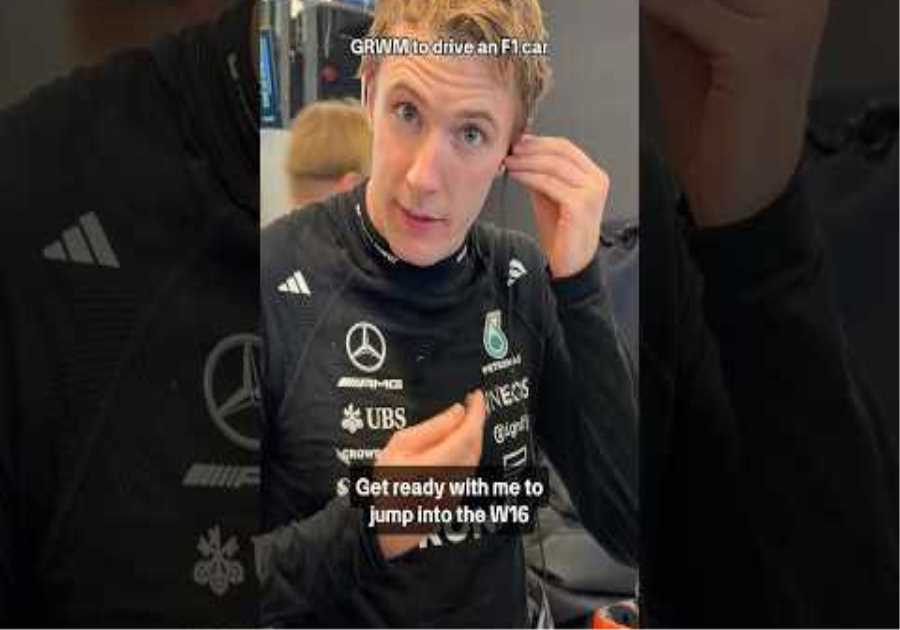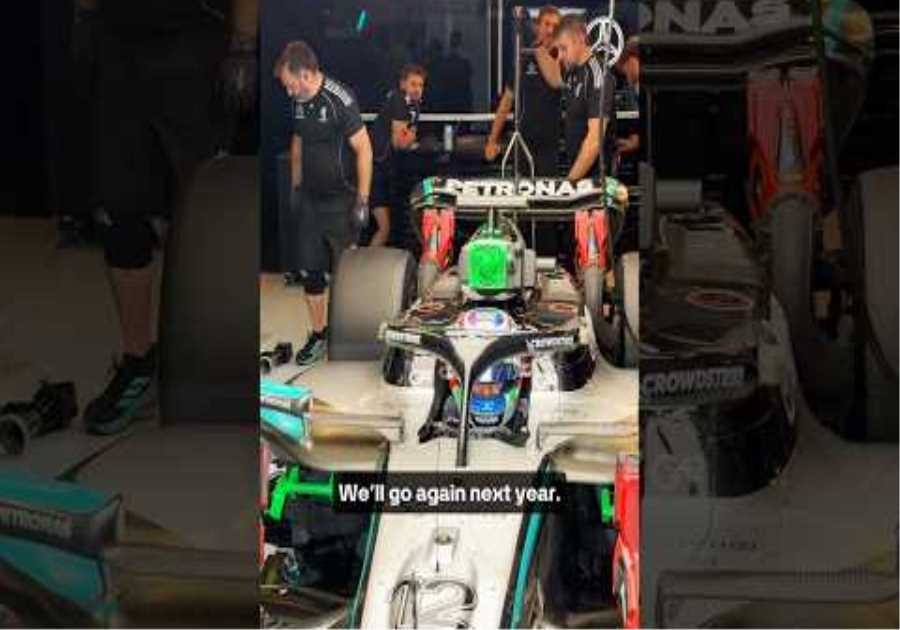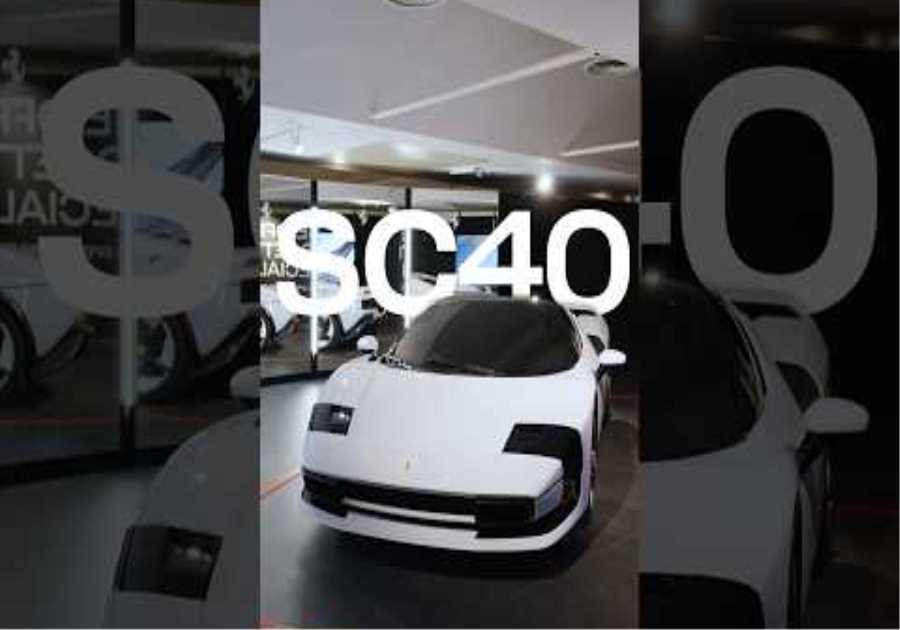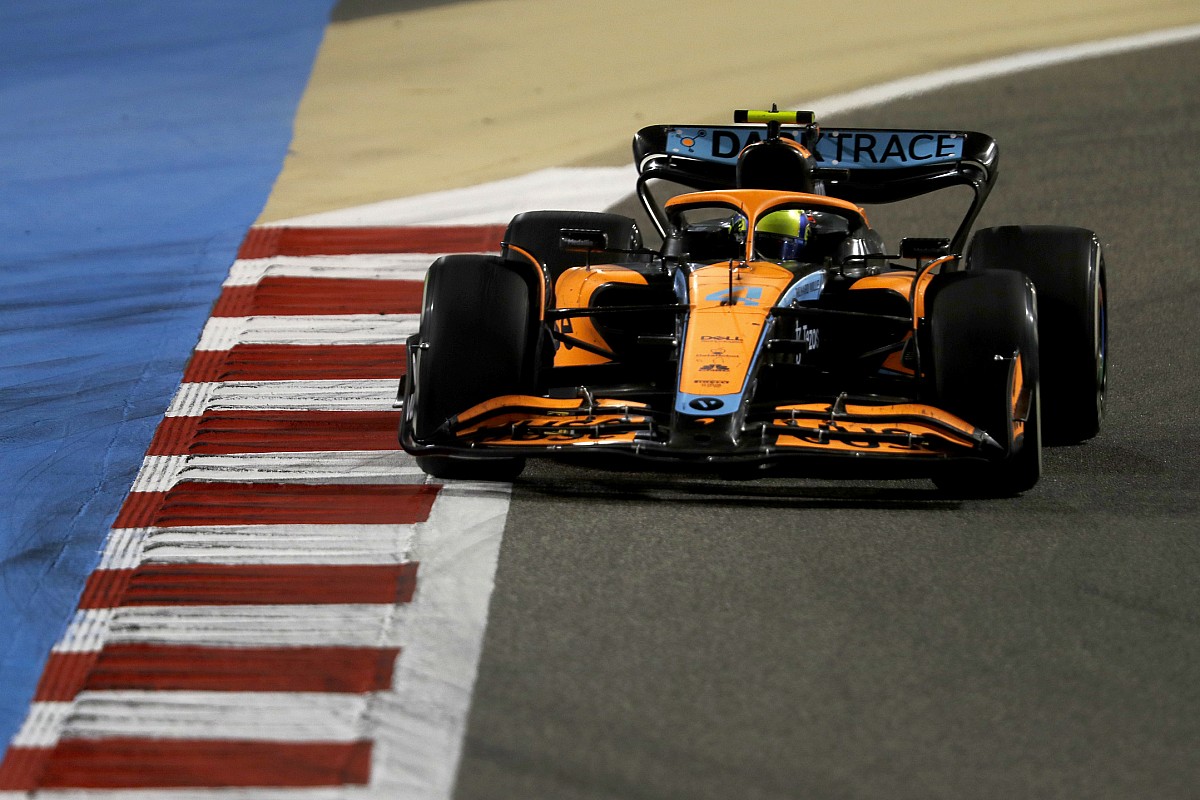
The Woking-based team started the 2022 campaign on the back foot, as brake problems in the final pre-season test in Bahrain left it struggling for pace at the Sakhir opener.
The extent of its troubles there prompted McLaren to put in place a recovery plan to get it back towards the front of the pack – which appears to have worked with the outfit in a fight with Alpine for fourth place in the constructors’ championship.
But one of the legacies of that plan was that McLaren would opt for a series of spaced out major updates, rather than consistently bringing new parts to every race.
And that has often left it out of kilter with rivals, who make performance steps every race when new bits arrive.
Speaking about McLaren’s decision-making process in electing for fewer but bigger upgrades, technical director James Key explained that things were set in stone in the wake of what happened at the very first race.
“To be brutally honest, when you get a shocker like Bahrain, you have to make a plan,” Key explained. “When you make a plan, you put everything in a direction, as it’s very difficult to rein in a plan.
“I emphasize this massively at every team I’ve been to: have a good race to begin with, and you open up freedom. Have a shocker, and you think: ‘Jesus is that where we are?’, which is what we thought maybe was the case.
“Luckily, it wasn’t but it could have been. So you’ve got to say: ‘okay, here’s what we’re going to do and this race and this race there will be a big step’.
“And this is still a sort of an effect of that.
“I think if you can trickle stuff, it’s definitely easier on the workforce and more efficient. But this is a bit of an aftershock from the first race. Equally, it’s giving everyone structure to the development plan, and clear deadlines, which I think “The team is appreciating as well. I’d love to be in a more kind of trickling bits approach, but that’s where we are at the moment.”
Daniel Ricciardo, McLaren MCL36
Photo by: Zak Mauger / Motorsport Images
Key suggests that the fluctuations of form between teams, with McLaren having races where it was at the front of the midfield battle and other events more struggling, could be explained by competitors being out of sync with updates.
That is why he wasn’t getting too carried away with Lando Norris having managed to split the Mercedes in qualifying for last weekend’s French GP.
“We have very short memories in this sport,” added Key. “We were quicker than Mercedes in Monaco, for example. A month or two later, and it’s like, ‘wow you’re with Mercedes.’
“We’ve done it before. But in between that time, we’ve had some really poor races as well. The reality is, I think we expected hopefully a little bit of a step forward.
“People are bringing upgrades at different times. I think Alpine bought one for Silverstone, for example. So we had a couple of races of an older spec of car, and then we brought something. I think we can expect to just see-saw a little bit as we go on.”
Although Norris could not match his strong qualifying form in the Paul Ricard race, Key reckons the team just needs more time to better understand its package.
“Fundamentally, it kind of delivered what we thought it should, in the majority of cases,” he said. “We’re still analyzing data but importantly, it’s given us a step forward. It has got a better feel to it, which was really important.
“Now we’ve got to use it and work with it and see if we can exploit a bit more from it, and learn at different circuits. One of the issues we’ve had this year is that it has been a bit of an up and down depending on the nature of the track.
“We’ll have to see if Hungary we can, and I’m not saying we’re going to be with Mercedes in Hungary, but certainly make a step forward to maybe where we were in Canada or Baku, for example.”
Did you miss our previous article...
https://formulaone.news/mclaren/gordon-murray-wants-to-build-electric-suv-lighter-than-a-fiesta

